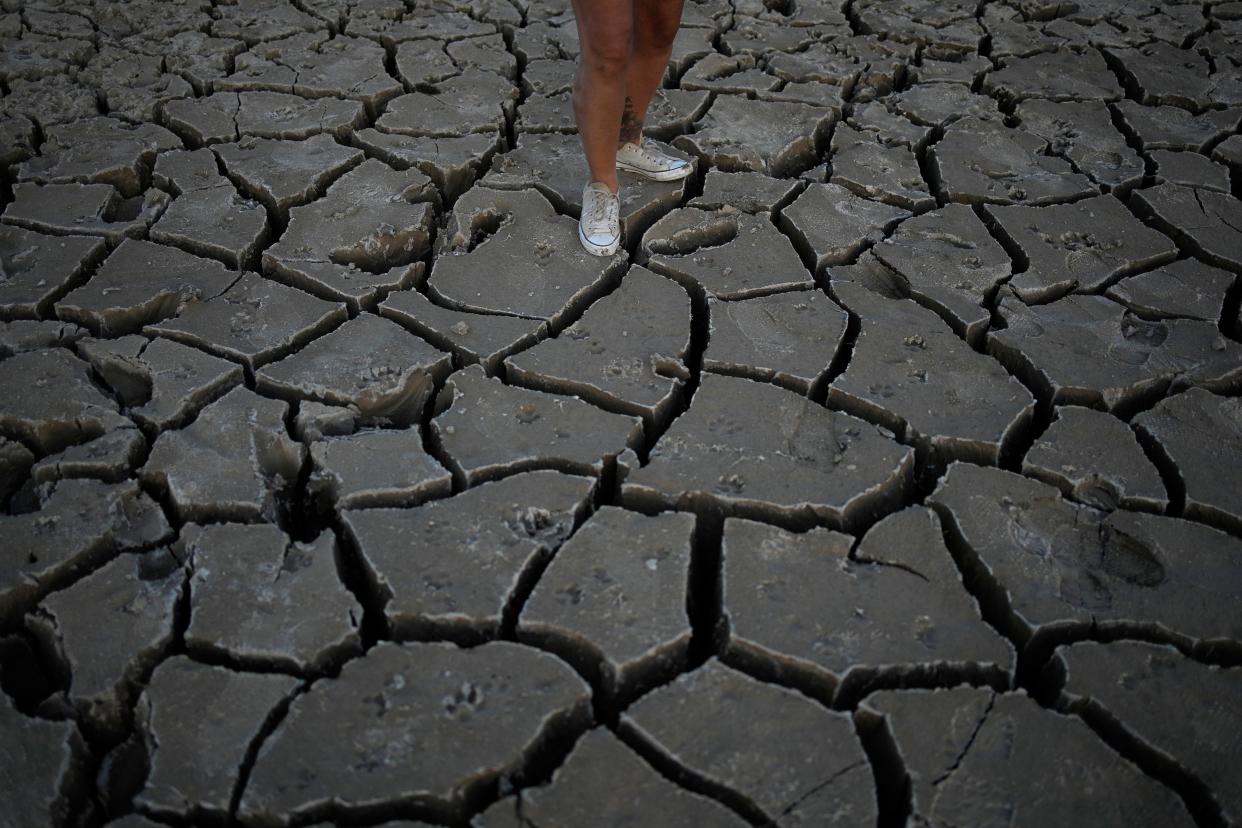When will Arizona run out of water? Why that's the wrong question to ask

When will Arizona (or Phoenix, or insert your place of residence here) run out of water?
That’s a common Google search.
But the question is misguided, because it presumes that 1) we could answer with certainty and 2) there would be a hard water cutoff and life as we know it ends.
The reality is far more complicated.
Why is there no simple answer for when the water runs out?
In some rural Arizona communities, the water already has run out – in that people’s wells have gone dry. They rely on friends with water to fill gallon jugs, which they cart back to their homes to wash dishes and themselves.
Yet life goes on, albeit precariously, and we seem fine with that. If we weren’t, we would have put consumer protections in place years ago so that others couldn’t sink a deeper well next door and suck them dry.
Even in metro Phoenix, there is no across-the-board answer because of how much our water supplies vary. Some areas have access to multiple renewable supplies and don’t fully utilize them. Others rely mostly on finite groundwater, or in some cases hauled water from elsewhere, with no backups.
That’s why some folks in the unincorporated Rio Verde Foothills could lose their sole source of water in December, while their Scottsdale neighbors may never face the prospect of a dry tap.
When will Lake Mead shortages hit Arizona's largest cities?
Sustained shortages on Lake Mead are going to change life as we know it. We know that much.
It’s likely we will land in a Tier 2 shortage next year, which will mostly erase Central Arizona Project’s Non-Indian Agricultural (NIA) pool. For cities like Buckeye and Queen Creek, that represents nearly all the Colorado River water to which they are entitled.
But not for cities like Phoenix, Scottsdale or Mesa. They also have larger shares of higher-priority Municipal & Industrial (M&I) pool water that won’t be impacted until a deeper Tier 3 shortage is declared.
The state’s internal Drought Contingency Plan also mitigates the impacts of losing NIA water, meaning contractors are in line to receive water from other sources. It won’t completely replace what they’re losing, and the amounts vary depending on which part of a Tier 2 shortage we fall in and what year it is.
The state plan doesn’t include any mitigation for a Tier 3 shortage, but even then, that doesn’t necessarily mean residents will be directly impacted – at least, not immediately.
Many cities will begin tapping into their savings accounts, including the Colorado River water they’ve been storing underground for years.
But withdrawing this water – particularly from the state’s water bank – is very much uncharted territory. And state water officials are already warning that even deeper cuts than a Tier 3 shortage may soon be on the way, given how quickly Lake Mead is draining.
Both of which make it difficult to predict how life might change for existing and future residents – and as importantly, when.
If you can't tell me when this will hurt, why should I conserve now?
It’s sort of like that adage: You can pay me now, on your own terms, or you can pay later, with interest.
Because even if taps don’t run dry, state law requires cities to spell out how they would trim use as shortages grow. Most involve some form of mandated conservation, mostly outdoors.
That makes sense because that’s where most of our water goes, and unlike what we use indoors, outdoor water typically does not make its way into sewers and eventually to a treatment plant for reuse.
Scottsdale asked residents to voluntarily trim 5% of their use this year and in the first quarter saved about 327 acre-feet, or more than 106 million gallons.
Other cities should follow suit, and couple those asks with generous and easy-to-use turf removal rebates, perhaps funded with leftover pandemic relief funds.
But residents also should know that cities won’t be asking forever, particularly as they receive less water from Lake Mead. Mandates are coming – as are higher water bills.
The question shouldn’t be “when will Arizona run out of water,” but rather, “if we must learn to live on less, how can I do my part?”
Reach Allhands at joanna.allhands@arizonarepublic.com. On Twitter: @joannaallhands.
If you love this content (or love to hate it – hey, I won't judge), why not subscribe to get more?
This article originally appeared on Arizona Republic: When will Arizona run out of water? That's the wrong question

